Optical vs Magnetic vs Capacitive: How Different Linear Encoders Work
Linear encoders are essential components in industrial automation, CNC machines, semiconductor manufacturing, robotics, and metrology systems. These devices measure linear displacement with high precision and convert it into readable signals. Depending on the application requirements—such as resolution, cost, environment, and durability—three primary types of linear encoders are widely used: optical, magnetic, and capacitive.
This article explores how each of these technologies works, compares their strengths and weaknesses, and guides you in selecting the right linear encoder for your application.
What Is a Linear Encoder?
A linear encoder is a sensor-device combination that converts linear position into an electronic signal, which can be processed by digital readouts (DRO), programmable logic controllers (PLC), or motion controllers.
Linear encoders are crucial for:
Position feedback in CNC machines
Motion accuracy in linear actuator systems
Closed-loop control in linear motors with encoders
Measuring devices in laboratories or metrology equipment
Types include:
Incremental linear encoder
Absolute linear encoder
Sealed linear encoder for harsh environments
Optical Linear Encoder: High-Resolution Accuracy
How Optical Linear Encoders Work
An optical linear encoder uses a light source and a photodetector to read the position from a glass or metal linear encoder strip patterned with transparent and opaque lines. Movement over the strip generates light/dark signals, which are translated into position.
How optical linear encoders work:
A light source (LED) illuminates a scale
Light passes through or reflects off the scale
A photodetector converts this pattern into pulses or position data
Key Features
Resolution: Offers high resolution, up to nanometers
Accuracy: Exceptional, due to light-based detection
Applications: Semiconductor tools, precision CNC machines, coordinate measuring machines (CMM)
Pros
Extremely precise
Immune to magnetic interference
Cons
Sensitive to dust, oil, or condensation
Requires clean environments
Magnetic Linear Encoder: Rugged and Reliable
How Magnetic Linear Encoders Work
A magnetic encoder linear system consists of a magnetic strip (scale) and a readhead with magneto-resistive or Hall sensors. As the encoder moves along the magnetic strip, the magnetic field changes, which is detected by the sensor.
How magnetic linear encoders work:
Magnetic poles are embedded in a strip
Sensor detects changes in the magnetic field
Signal is converted to position data
Key Features
Resolution: Moderate to high
Durability: Excellent in harsh industrial settings
Applications: Heavy machinery, injection molding, automotive automation
Pros
Resistant to dirt, oil, and water
Can be used in extreme temperatures
Cons
Slightly lower resolution than optical
May suffer from magnetic field interference
Capacitive Linear Encoder: Cost-Effective and Compact
How Capacitive Linear Encoders Work
A capacitive linear encoder operates using changes in capacitance between two elements. As one element moves, the variation in capacitance is detected and translated into position.
How does a capacitive linear encoder work:
A grid pattern moves relative to a stationary sensor
Capacitance varies as the pattern changes
Signal is processed into position data
Key Features
Resolution: Moderate
Size: Very compact
Applications: Consumer electronics, compact automation systems, linear slide tables
Pros
Compact and low-cost
Not affected by magnetic fields
Cons
Susceptible to moisture and electrical noise
Lower accuracy than optical encoders
Comparative Overview
| Feature | Optical Linear Encoder | Magnetic Linear Encoder | Capacitive Linear Encoder |
|---|---|---|---|
| Resolution | Highest (nano-level) | Medium to High | Medium |
| Environmental Tolerance | Low (requires clean environment) | High (resistant to debris) | Medium (affected by humidity) |
| Durability | Fragile | Very robust | Moderate |
| Cost | High | Moderate | Low |
| Typical Applications | CMMs, Semiconductors | Industrial automation, Robotics | Printers, Small devices |
Specialized Encoder Systems and Variants
Incremental vs Absolute Linear Encoders
Incremental encoders produce pulses and require a home reference.
Absolute encoders provide exact position immediately on power-up.
Line Driver Encoders
Line drivers transmit signals over long distances with noise immunity, especially in sealed linear encoder setups.
Linear Motor with Encoder
For direct-drive systems requiring high dynamic response and accuracy, pairing linear motors with high-resolution linear encoders is standard.
Linear Actuator with Encoder
A linear actuator with encoder provides feedback for position control in robotics, lab automation, and precision dispensing.
Linear Encoder Integration
How to Connect a Linear Encoder with PLC
Identify encoder type (analog, digital, or serial)
Use compatible PLC input modules
Use line driver if the encoder signal needs long-range transmission
How to Use a Linear Encoder
Mount securely and align with motion path
Power the sensor and connect to the controller
Calibrate or home the system as needed
How to Test a Linear Encoder
Use an oscilloscope or encoder tester
Confirm expected pulse output or position data
Check for drift or instability under motion
How to Make a Linear Encoder (DIY)
Use basic optical strip + IR sensor for prototyping
Not recommended for high-accuracy needs
What Does Line Encoding Mean in This Context?
Though line encoding in digital communication differs slightly, in linear encoders, it often refers to how position signals are encoded (e.g., quadrature, serial output, analog sine/cosine), impacting how they interface with PLCs or motion controllers.
Cost Considerations: Linear Encoder Price
Linear encoder price varies depending on:
Technology (optical > magnetic > capacitive)
Resolution
Brand and sealing
Interface (TTL, HTL, BiSS-C, etc.)
Expect pricing to range from:
$30–$80 for capacitive encoder strips
$100–$300 for magnetic encoder kits
$300–$1000+ for optical high-resolution encoders
Which Linear Encoder Is Right for You?
Each linear encoder type—optical, magnetic, or capacitive—has distinct advantages tailored to specific environments and budgets:
Choose optical linear encoders for high-precision and clean-room applications.
Choose magnetic linear encoders for industrial, outdoor, or rugged environments.
Choose capacitive linear encoders for compact or cost-sensitive devices.
When selecting, consider:
Accuracy and resolution needed
Environment conditions (dust, oil, humidity)
Interface and control system compatibility
Need Help Choosing the Right Linear Encoder?
Whether you're integrating a linear optical encoder in a CNC system or need a magnetic encoder linear solution for heavy-duty automation, expert guidance can help avoid costly mistakes.
Contact our engineering team for a tailored recommendation.
Need samples or quotes? Ask about our latest linear encoder price list!

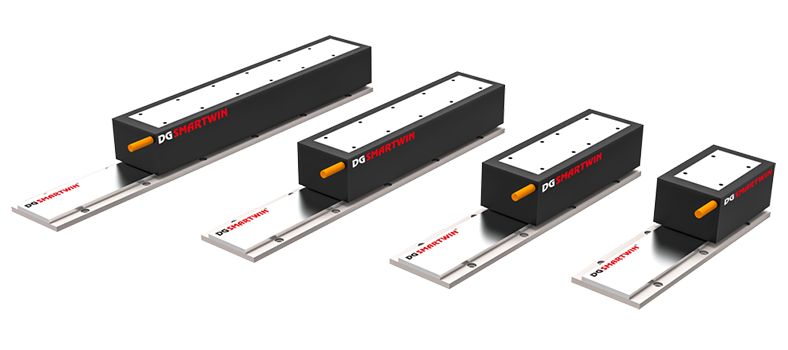

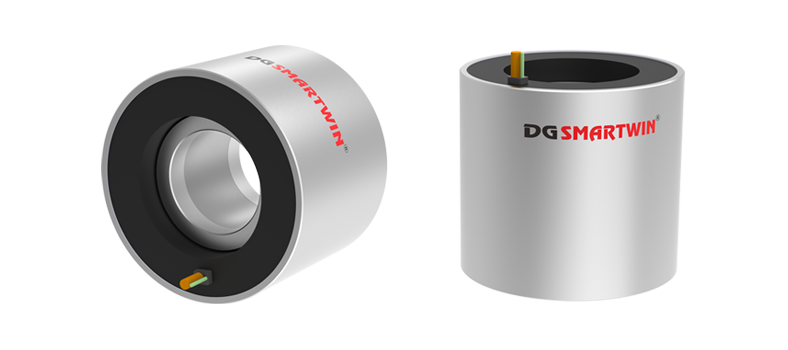
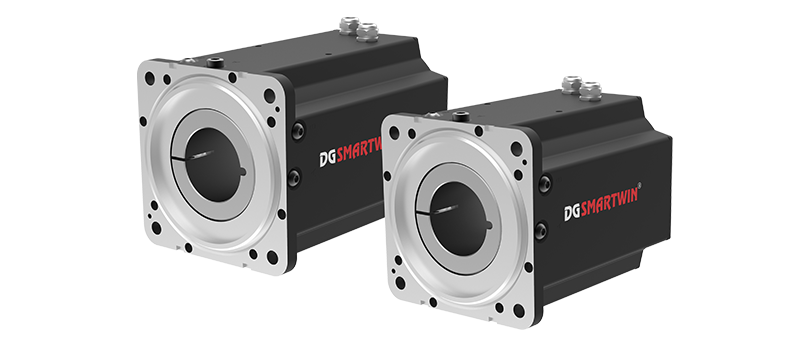

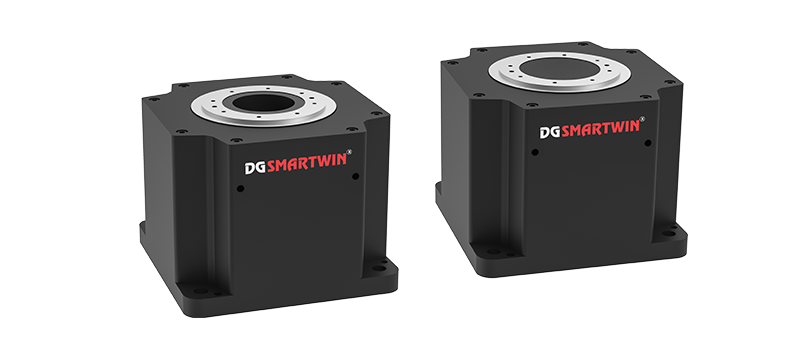
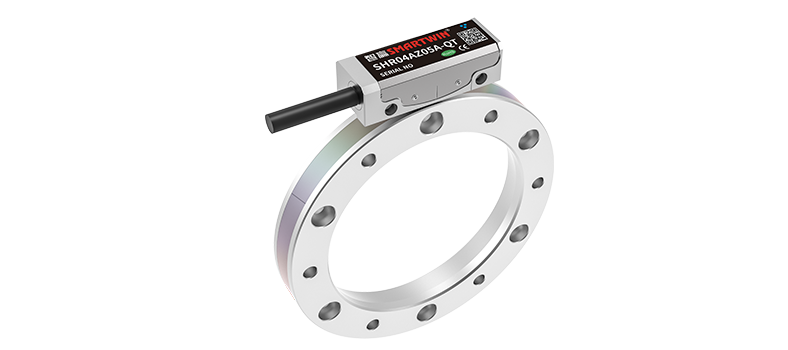
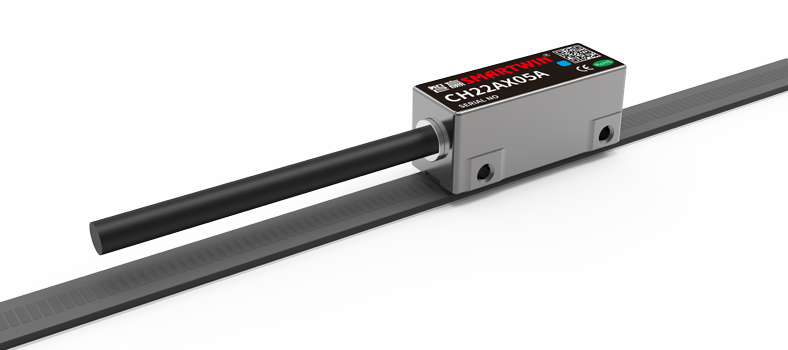








 En
En


